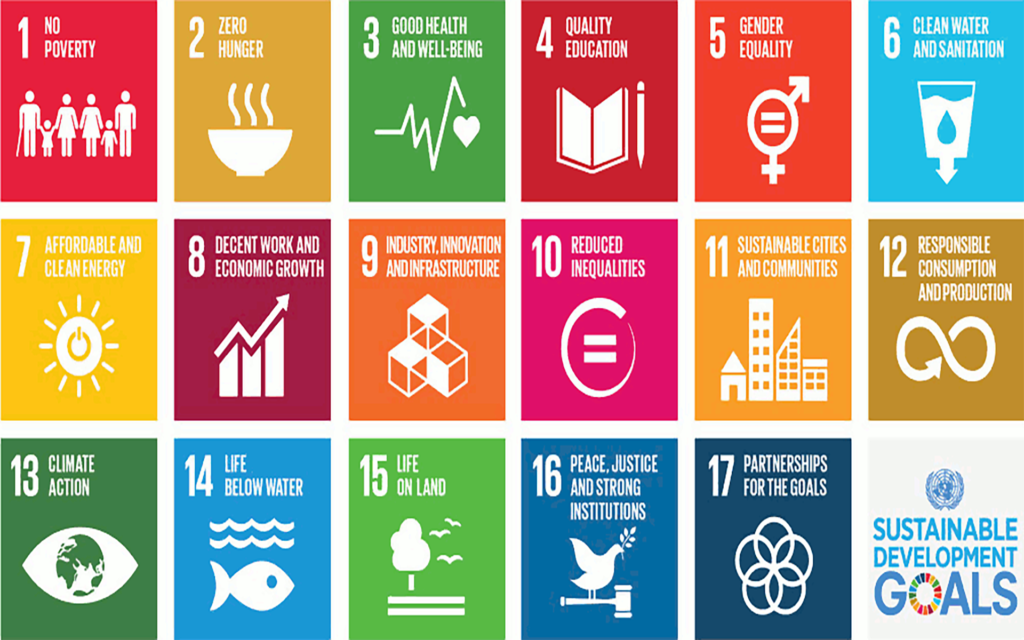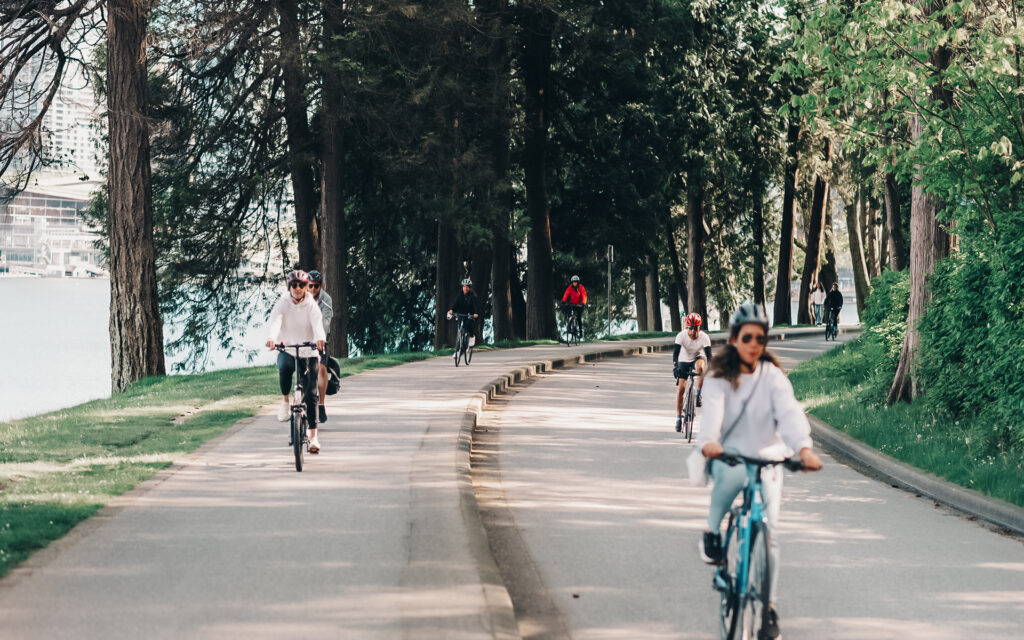Visual Curator
Marilaura Ingarozza
Translator
Bryan Bravo
Author
Sarah El Nassabi
What is a sustainable lifestyle?
A sustainable lifestyle is a way of living that aims to reduce the negative impact of human activities on the environment and society. It involves making conscious choices that help preserve natural resources and reduce waste.
How to live a more sustainable lifestyle:
- Educate yourself: Sustainability stands and falls with education.
- Save energy & use renewables: Carbon footprint can be reduced by using energy-efficient appliances and renewable energy sources such as solar panels.
- Eating less meat: Meat consumption is responsible for more than 10% of global greenhouse gas emissions.
- Avoid single-use products/plastics: By using reusable products, you can significantly reduce your plastic waste and contribute to a more sustainable future. In fact, small actions like this can add up to make a big difference in protecting the environment and conserving natural resources.
- Wear sustainable clothing: The fashion industry is one of the most polluting industries in the world. It is importante to buy less and better quality.
- Drive less: Cars are a major source of air pollution and greenhouse gas emissions.
- Fly less: Carbon footprint can be reduced by flying less or choosing more eco-friendly modes of transportation.
- Save water & food: Reducing water consumption by taking shorter showers, fixing leaks, and reducing food waste.
Eco-friendly products:
- Reusable water bottles and coffee cups: Use reusable ones from eco-friendly materials such as glass or stainless steel.
- Reusable shopping bags: Use reusable shopping bags made from eco-friendly materials such as cotton or jute.
- Eco-friendly cleaning products: Use cleaning products that are made from natural and biodegradable ingredients instead of harsh chemicals.
- Energy-efficient light bulbs: Use energy-efficient light bulbs such as LED bulbs that consume less energy and last longer than traditional incandescent bulbs.
- Solar-powered chargers: Use solar-powered chargers to charge your electronic devices instead of using electricity from the grid.
- Eco-friendly clothing: Clothing made from eco-friendly materials such as organic cotton or bamboo.
- Biodegradable trash bags: Use biodegradable trash bags made from plant-based materials.

United Nations Program for a sustainable lifestyle
It consists of 17 goals that cover a range of issues:
- No Poverty: The ultimate goal of this effort is to end poverty.
- Zero Hunger: To end hunger and malnutrition, it is crucial to ensure that people have access to sufficient, nutritious food.
- Good Health and Well-being: It is essential to ensure that all people have access to quality healthcare in order to improve their overall health and well-being.
- Quality Education: In order to promote economic growth and sustainable development, it is important to ensure that all individuals have access to affordable and reliable energy sources.
- Gender Equality: Eliminating discrimination and violence against women and girls is essential for achieving gender equality and promoting human rights. In fact, this is one of the key targets of the United Nations Sustainable Development Goals.
- Clean Water and Sanitation: Investing in renewable energy sources such as solar, wind, and hydropower is necessary to reduce greenhouse gas emissions and mitigate the effects of climate change.
- Affordable and Clean Energy: Increasing access to affordable and clean energy is critical for promoting economic growth, reducing poverty, and mitigating climate change.
- Decent Work and Economic Growth: To promote sustained and inclusive economic growth, it is important to invest in infrastructure, innovation, and industry.
- Industry, Innovation, and Infrastructure: Promoting the development of sustainable infrastructure is crucial for achieving sustainable development and reducing the environmental impact of economic activities.
- Reduced Inequalities: Reducing inequality within and among countries, including economic, social, and political inequalities.
- Sustainable Cities and Communities: Make cities and human settlements more inclusive, safe, resilient, and long-lasting.
- Responsible Consumption and Production: Promote sustainable consumption and production patterns.
- Climate Action: Take immediate action to combat climate change and its consequences.
- Life Below Water: This goal aims to conserve and sustainably use the oceans, seas, and marine resources.
- Life on Land: Protect, restore, and promote the sustainable use of terrestrial ecosystems, forests, and biodiversity.
- Peace, Justice, and Strong Institutions: Promote peaceful and inclusive societies, provide access to justice for all, and build effective, accountable, and inclusive institutions at all levels.
- Partnerships for the Goals: Strengthen the means of implementation and revitalize the global partnership for sustainable development.

Other programs around the world working towards sustainable living:
The United Nations Environment Program (UNEP) is currently investigating what sustainable lifestyles entail and how better decision-making can be leveraged to promote sustainability. Furthermore, governments and businesses can promote sustainable living by investing in renewable energy, reducing waste, and promoting sustainable practices.
What are some examples of sustainable cities?
Cities designed to be environmentally friendly, socially responsible, and economically viable are sustainable cities.
Sustainable cities:
- Copenhagen, Denmark:
- Known for its extensive network of bike lanes and its commitment to renewable energy. The city has set a goal to become carbon neutral by 2025.
- Vancouver, Canada:
- Committed to becoming the greenest city in the world. The city has implemented several initiatives to reduce greenhouse gas emissions and promote sustainable living.
- Curitiba, Brazil:
- Known for its innovative public transportation system which includes dedicated bus lanes and a network of bike paths.
- Freiburg, Germany:
- Known for its commitment to renewable energy and sustainable living. The city has implemented several initiatives to promote solar power and energy-efficient buildings.






